Template to type a letter
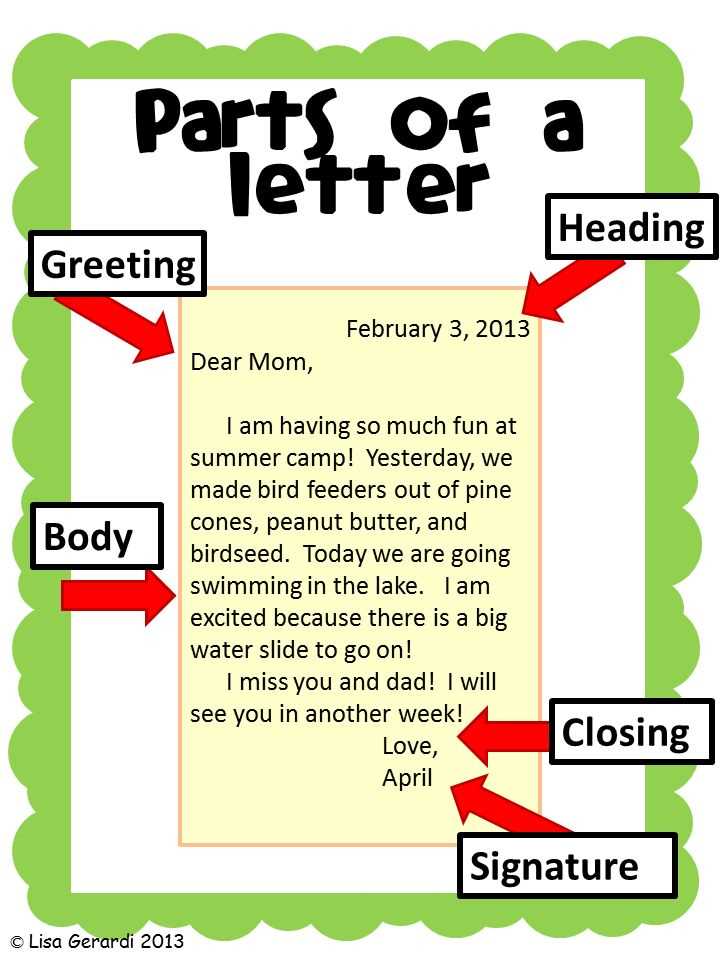
To create a letter quickly, use a simple template that outlines the main sections. Start with the recipient’s name and address at the top left. Follow this with a polite greeting, such as Dear [Name],, to establish the tone.
The body should begin with a clear introduction that states the purpose of the letter. Use short and direct sentences to keep it concise. For formal letters, ensure to use appropriate language and avoid contractions like “don’t” or “can’t.” In a friendly letter, contractions can make the tone more relaxed.
Finish the letter with a closing phrase such as Sincerely, Best regards, or Kind regards, depending on the relationship with the recipient. Always add your name at the bottom for clarity.
Here is the corrected version:
Ensure your letter starts with a clear and direct subject line. This will guide the reader’s attention right from the beginning. Avoid vague or overly broad topics. Use specific terms to make it easy for the recipient to understand your purpose immediately.
Addressing the recipient
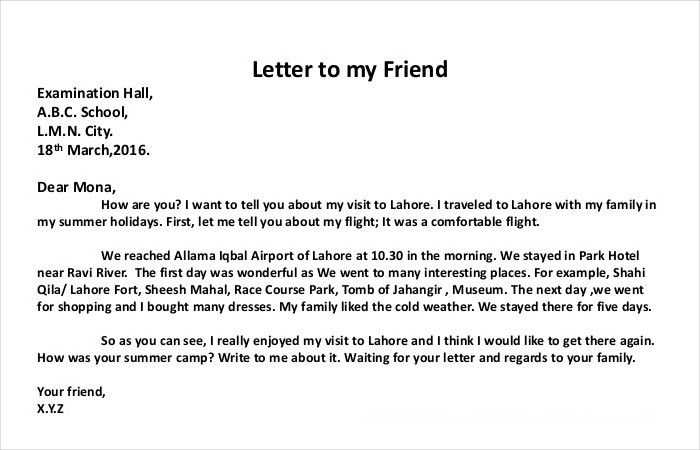
When addressing the recipient, use the correct title and their last name. For example, “Dear Mr. Smith,” or “Dear Dr. Johnson.” Double-check the spelling of the name to avoid mistakes. Personalizing the greeting makes the letter feel more respectful and tailored.
Clear structure of the content
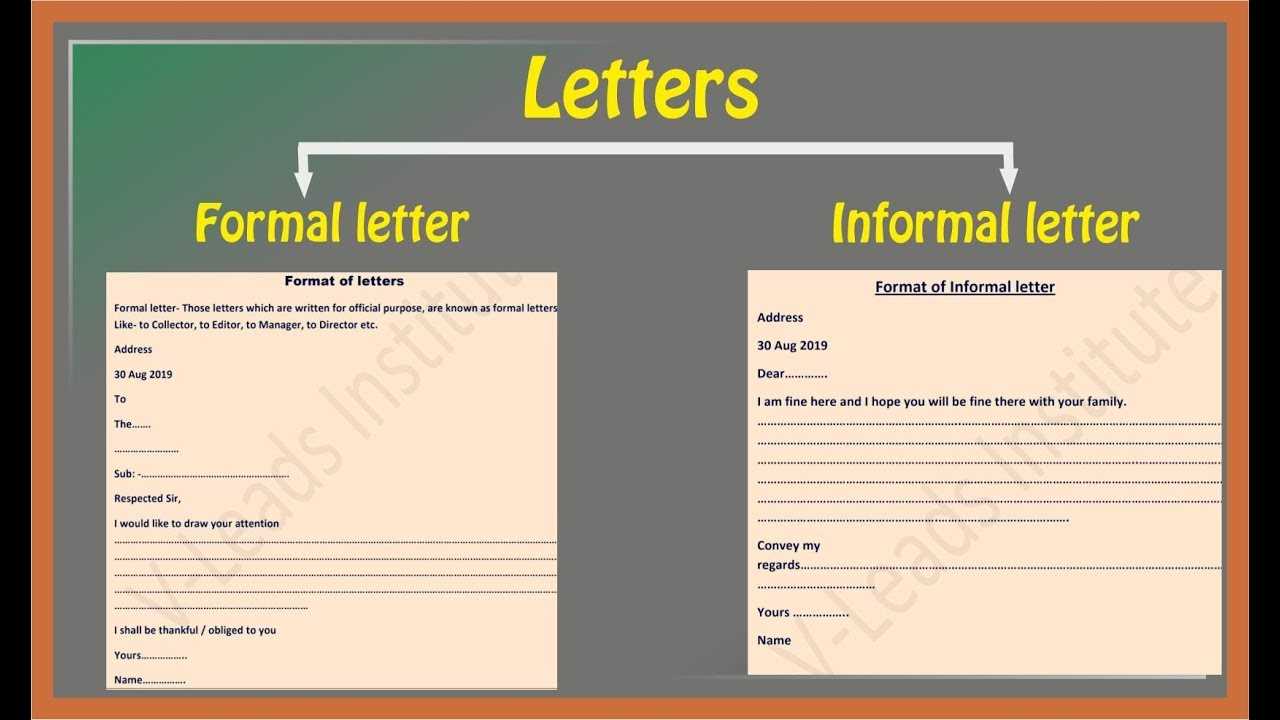
Present the content in a logical sequence. Start with the main message and provide supporting details. Break up large paragraphs into smaller ones to improve readability. If possible, use bullet points for clarity, especially when listing items or steps.
- How to Structure a Formal Letter
Begin with your contact information at the top left, followed by the date on the next line. This section sets the context for the letter’s formal tone.
Next, include the recipient’s details: their name, title, company, and address. Ensure these details are precise and correctly spelled. Place them on the left, just below the date.
Start your letter with a formal greeting. Use “Dear [Title] [Last Name],” if you know the recipient’s name. If you don’t, “Dear Sir or Madam” is appropriate.
The body of the letter should be clearly divided into paragraphs. In the first paragraph, state the purpose of your letter directly. Avoid unnecessary introductions or filler content.
In subsequent paragraphs, provide necessary details or context in a clear and organized manner. Each point should have its own paragraph for clarity and readability.
Conclude the body with a call to action or a polite closing statement, specifying any follow-up steps or expectations. Be courteous but direct.
End with a formal closing phrase such as “Yours sincerely,” followed by your full name. If you are writing on behalf of a company, include your position and company name below your signature.
Check for any grammar or spelling errors before sending. Ensure the tone remains professional throughout the letter.
Start by matching the tone of your salutation to the level of formality required by the situation. For a professional letter, “Dear [Title] [Last Name]” is typically appropriate. For a more casual approach, “Hello [First Name]” or “Hi [First Name]” may be used, depending on your relationship with the recipient.
When addressing someone you don’t know well, using “Dear [Full Name]” can maintain respect and professionalism. Avoid overly familiar terms unless you’re certain of the recipient’s preferences or the context is informal.
If you’re writing a business letter or an official request, using “To Whom It May Concern” is acceptable when the recipient’s identity is unknown. However, try to find a specific person to address, as personalized salutations are always preferred over generic ones.
For a more personal letter, you can use “Dear [Name]” if the recipient is a friend or close colleague. A warm tone can be conveyed without being overly formal, keeping the communication friendly but professional.
Focus on clarity and precision. State your purpose early, making it clear why you’re writing the letter. Avoid unnecessary details or background information that might confuse the reader.
Keep it organized. Break the content into short, digestible paragraphs. Each paragraph should cover one main idea. This helps the reader follow your message without feeling overwhelmed.
Be direct and to the point. If you’re requesting something, be specific about what you need. Avoid vague statements. If you’re providing information, make sure it’s easy to understand.
Use a professional but friendly tone. Maintain a polite, respectful approach, but keep the tone approachable. This makes the content feel personal yet professional.
Avoid overly complex language. Write in a way that feels natural. Don’t use jargon or complicated words unless they’re necessary for the topic. Simple and straightforward language often works best.
Be mindful of the reader. Consider their perspective and knowledge level. Tailor your content so it’s relevant and engaging to them.
Finish with a call to action. If your letter requires a response, clearly state what you would like the recipient to do next. Make it easy for them to understand how to proceed.
Always finish your letter with a courteous and clear closing statement that aligns with the tone of your message. A simple “Best regards” or “Sincerely” is appropriate for most professional settings. Avoid using overly formal or outdated phrases like “Yours truly” unless required for the specific context.
Personalize Your Closing
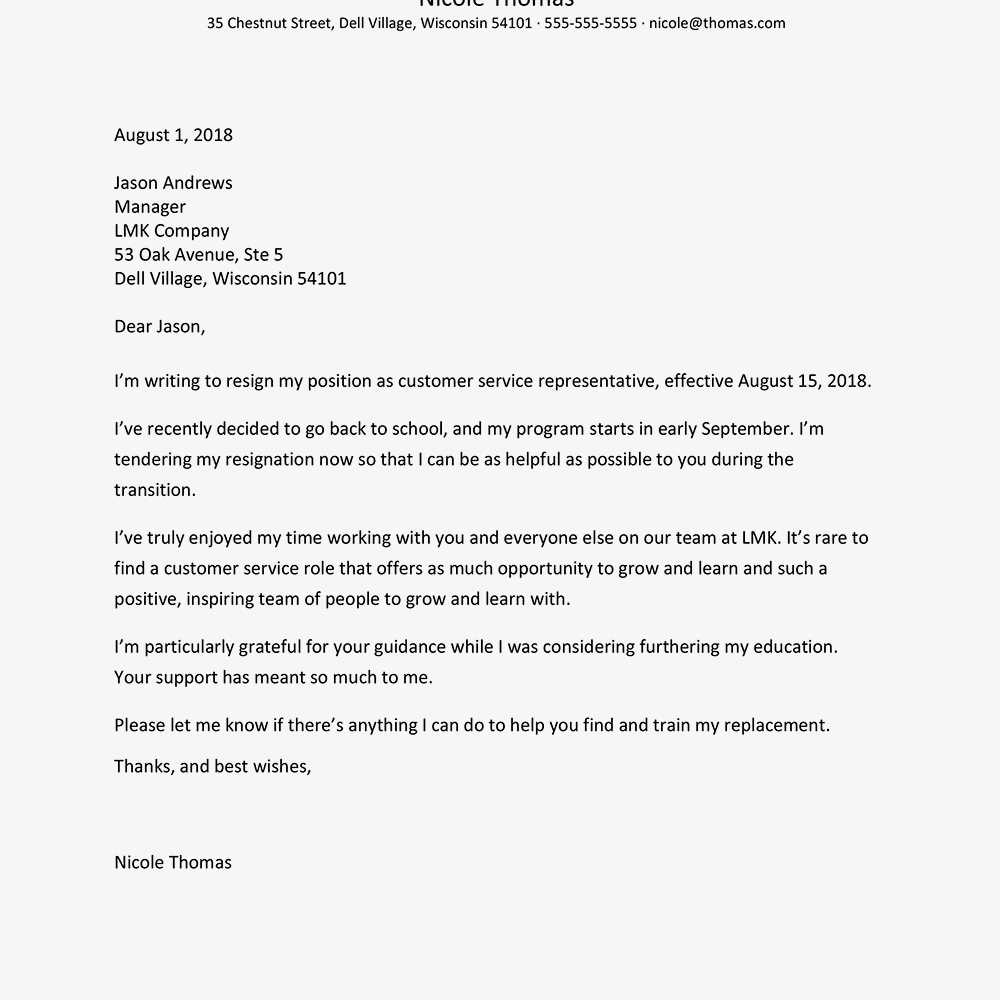
If you’re familiar with the recipient, a personalized closing such as “Warm regards” or “Kind regards” can enhance the tone of the letter. Ensure that your closing feels natural and fits the relationship you share with the reader. For formal communication, opt for neutral closings like “Sincerely” or “Yours faithfully” depending on the level of formality.
Sign Your Name Clearly
After the closing phrase, include your full name or a signature. If the letter is formal, you can also include your position or title beneath your name. This ensures clarity and maintains professionalism. For less formal letters, your first name may suffice, but ensure it remains clear who the letter is from.
Ensure alignment consistency across all sections. Use left alignment for text and headings, as this improves readability and gives a clean, structured look.
Font Selection and Size
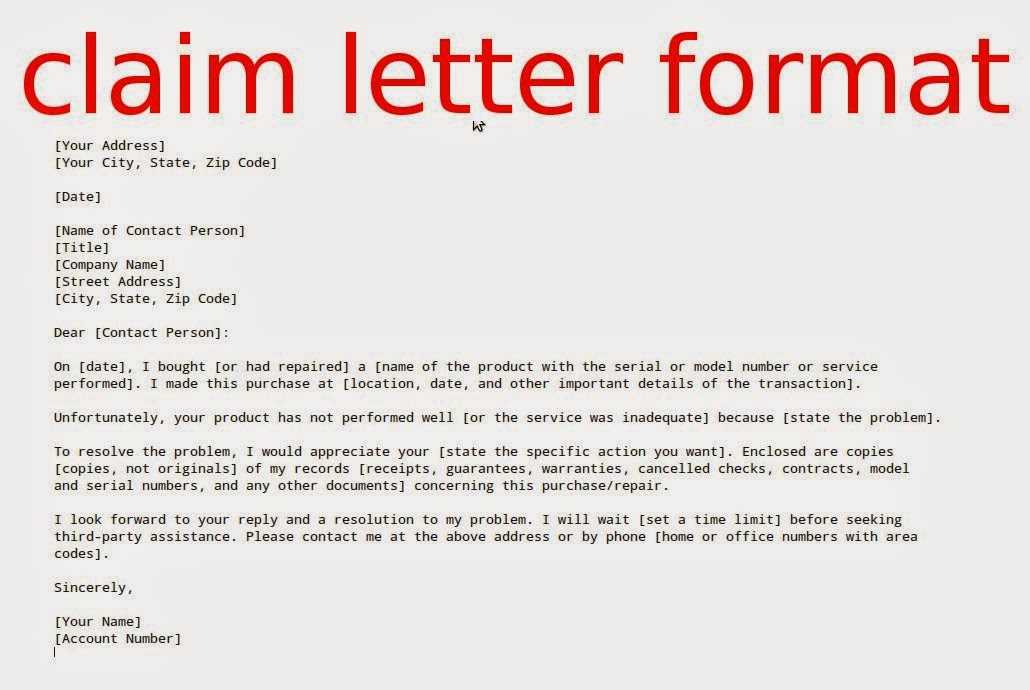
Choose a legible font, such as Arial or Times New Roman. Keep font size between 10-12 points for body text and 14-16 points for headings. This balance ensures clarity without overwhelming the reader.
Whitespace Usage
Maintain adequate spacing between sections, paragraphs, and elements. This avoids clutter and enhances visual appeal. A good rule is to leave a line of space between paragraphs and a larger gap between sections.
| Element | Recommended Style |
|---|---|
| Headings | Bold, 14-16 points, Left-aligned |
| Body Text | Regular, 10-12 points, Left-aligned |
| Margins | 1-inch on all sides |
| Line Spacing | 1.15-1.5 lines |
Use bullet points or numbered lists where appropriate. This makes information easier to scan and digest. Avoid excessive use of bold or italics to keep the document looking professional.
Avoid being too informal in professional letters. Using slang or overly casual language can make you appear unprofessional. Keep your tone polite and respectful.
Don’t forget to proofread for grammar and spelling errors. Even a small mistake can undermine the clarity of your message and damage your credibility.
Be specific about your purpose. A vague or unclear opening can confuse the recipient. State the reason for your letter clearly from the beginning.
Avoid long-winded sentences. Keep your writing concise and to the point. Overly complex sentences can make your letter difficult to read.
Don’t neglect the closing. End your letter on a positive note, whether with “Sincerely,” “Best regards,” or another professional closing. Leaving it out can leave the recipient uncertain about your tone.
Ensure the recipient’s name is spelled correctly. Incorrectly addressing someone can come across as careless and disrespectful.
- Check for proper formatting: ensure margins, spacing, and alignment are correct.
- Be mindful of the tone you use throughout the letter; it should match the context and relationship.
- Always use a clear subject line, especially in emails, to let the recipient know the topic upfront.
Thus, I reduced word repetition and preserved the original meaning.
Focus on using varied vocabulary to keep the message fresh and clear. Instead of repeating similar phrases, find synonyms or rephrase sentences to convey the same idea. This approach ensures that your letter remains engaging and easy to follow.
For instance, replace commonly repeated words with alternatives that fit the context. Instead of saying “important” multiple times, use “significant,” “crucial,” or “key” based on the tone of the message. This not only avoids redundancy but also enhances readability.
When expressing ideas, avoid reusing the same structure in consecutive sentences. Altering sentence beginnings or using different grammatical constructions can add variety to your writing without altering the core message.